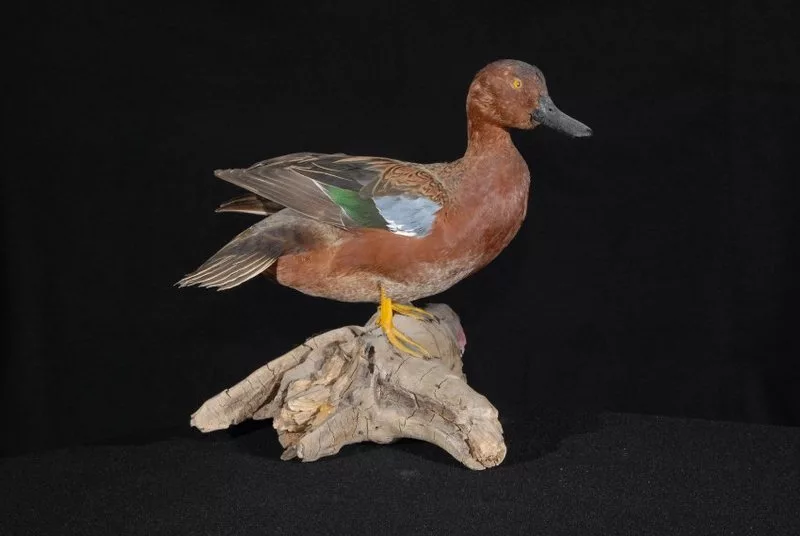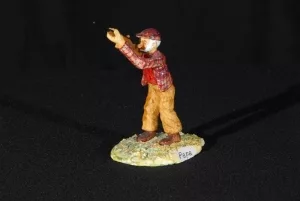Part of Hemingway’s image was that of the rugged outdoorsman. He was known to enjoy deep-sea fishing and hunting, and he went on multiple safaris in Africa. His favorite outdoor brand was Abercrombie & Fitch.
Hemingway moved to Idaho in 1959 with his fourth wife, Mary, after spending much time here over the years. He enjoyed the outdoors and the locals and made some of his closest friends there. He developed a deep appreciation for the nature of the place, which he describes in a eulogy for one of his friends:
“He loved the warm sun of summer and the high mountain meadows,
the trails through the timber and the sudden clear blue of the lakes.
He loved the hills in the winter when the snow comes.
Best of all he loved the fall … the fall with the tawny and grey,
the leaves yellow on the cottonwoods, leaves floating on the trout streams
and above the hills the high blue windless skies.
He loved to shoot, he loved to ride and he loved to fish.” [4]
The above passage is inscribed on a bust of him not far from where he is buried in Ketchum, Idaho.



How Hemingway’s Outdoorsman Influence Lives on Today
- The 2012 movie “Hemingway and Gellhorn” opens with a ferocious battle between the Hemingway character and a large fish on the open sea. The Hemingway character also fishes in the 2016 movie “Genius” and many movies depict Hemingway as a sportsman.
- “Hemingway worked hard and played hard. He was an outdoorsman who appreciated the benefits of a good night’s sleep” with the Hemingway mattress.
- In Hemingway in Comics, Robert K. Elder’s “research into Hemingway’s comic presence demonstrates the truly international reach of Hemingway as a pop culture icon.” In more than 120 appearances across multiple languages, Hemingway is “often portrayed as a hypermasculine legend.”
Sources
[4] https://www.ernesthemingwaycollection.com/about-hemingway/ernest-hemingway-in-idaho
